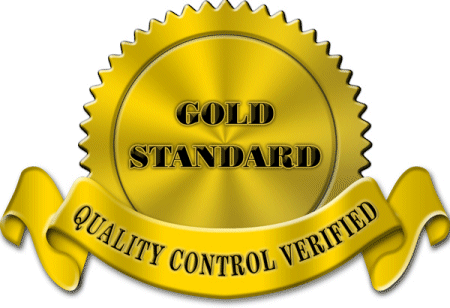
We have discussed the possibility that the Aussie has been re-rated by international investors and traders a few times here on Macro. We’ll won’t really know if this is true until the next big bout of market instability, but there is evidence that it is the case among long term holders such as central banks who have never bought Aussie before.
It’s one of the reasons why I think the next big sell off is into the ’80’s not anywhere near the 2008 low (sorry Rota 🙂 ). The reason I think the Australian dollar has been rerated is analagous to gold’s rally. People, traders, investors are looking for a long term stable store of value.
Here’s my rationale. In a fiat money world there is never any guarantee that the value on the front of the note will be maintained in real terms. Which ultimately is what big long term investors are interested in. So you’d be looking for a store of value that matches the prospects of the global economy, with less volatility if you can get it, and an ability to move in and out as you need.
In the past this was clearly US assets and the US Dollar. But even my kids know that China is where it’s at now, and with the epicentre and driver of global growth switching to Australia’s part of the world, global focus is following it. You can’t exactly get long the Chinese renminbi in the amounts that investors desire so what’s the next best option? A country that is interconnected with the region and has a big liquid currency.
So it might be a dirt and rock (iron ore and coal) standard but it is no less precious.
However, it’s not just about rocks and dirt because our economic stability is also a precious commodity to investors, as is the independence and track record of our central bank, our governmental debt and fiscal position and the stability of our political system (notwithstanding the current parliament).
Kerry Duce, who is Senior Credit Strategist at the ANZ, put out a piece this morning which was the catalyst for this blog and to a certain extent concurs with our view here. Kerry is a free thinking market/economic strategist and I always like to read his stuff. He reckons he has identified a new currency cabal. Here is a swathe of his piece.
- The AUD – The new safe haven, or member of a new safe haven club!
- Base metal prices have corrected sharply and in line with the sharp decline in our lead
indicators, however in contrast to 2010 this correction has not translated to a broad
based correction in spread markets or commodity FX markets (the AUD).
This morning we find that support for the AUD is part of a broader FX story (a new club) that is not
anchored by commodities (eg. CAD has weakened, whilst AUD has moved with Asian currencies). - the sharp correction in copper has not been reflected in a sharp correction in the AUD.
- We had previously seen a period of AUD support and a sell down in copper in early 2007, following stronger copper and a weaker AUD in 2006. The period leading into the financial crisis was marked by large and divergent swings in sentiment across asset classes. In 2010 both the AUD and copper corrected in tandem.
- Base metal prices have corrected sharply and in line with the sharp decline in our lead
However, when we cast our eyes a little wider the resilience of the AUD is not alone – it is a member of a club, but the question is what is the entry ticket to this club if commodities are no longer the prime driver. We think yield.
Regular readers will know that yield or yield differential is one of the key drivers in our currency valuation model but it is not an enduring support for the Aussie if we are arguing that it might be part of the new gold standard. But, when we look at the underpinnings of why rates in Australia might stay persistently higher than rates in other jurisdictions, and may need to move even higher still once the global economy strengthens, the RBA’s bias to raise comes to the fore and we could conclude that this lends further support to the Aussie for the long term.
Equally, in the minds of the investors who are in the Aussie already, for the long term and unlikely to get spooked out, I’d argue that the drivers of this “excess yield”, if I can call it that, are a self reinforcing positive feedback loop. That is, exposure to Asia and demand for Australian exports keeps labour and productive capacity in Australia tight for the long term supporting both the economy itself and interest rates (to the point anyway where the domestic economy is overly weakened by the strong currency).
So, are we a new gold standard? Sort of, with any doubts about it offset by other drivers of value.